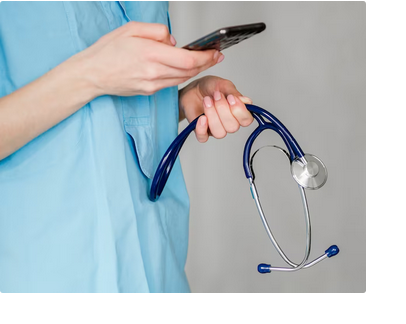Introduction:
Emergency call systems have revolutionized the way we respond to critical situations, ensuring swift communication and assistance during emergencies. These systems are designed to quickly alert and connect individuals in need to appropriate responders, whether in healthcare facilities, public spaces, or residential settings. Over the years, emergency call systems have evolved with advanced technologies, such as GPS tracking, wireless communication, and integration with monitoring centers. In this article, we will explore the technology behind emergency call systems, their benefits, and how they play a crucial role in alerting, connecting, and protecting individuals during emergencies.
Components of Emergency Call Systems:
Emergency call systems consist of several key components that work together to provide a comprehensive emergency response solution:
a) Emergency Call Devices: These devices, such as panic buttons, pull cords, or pendant transmitters, are placed in accessible locations, allowing individuals to trigger emergency calls with a simple action.
b) Communication Infrastructure: Emergency call systems utilize various communication channels, including wired or wireless networks, to transmit emergency signals to response centers or designated personnel.
c) Monitoring Centers: In many cases, emergency calls are directed to monitoring centers staffed by trained operators. These centers are equipped to handle emergency situations and dispatch appropriate assistance based on the nature of the call.
d) Response Teams: Emergency call systems connect individuals with response teams, such as security personnel, medical staff, or emergency services, who are trained to handle specific types of emergencies.
e) GPS and Location Tracking: Advanced emergency call systems may incorporate GPS technology to track the location of the emergency call, enabling responders to pinpoint the exact location of the individual in distress.
Types of Emergency Call Systems:
Emergency call systems come in various forms, each tailored to specific settings and requirements:
a) Personal Emergency Response Systems (PERS): PERS are designed for individual use, typically used by seniors or individuals with medical conditions who live alone. They feature wearable devices, such as pendants or bracelets, allowing the user to trigger an emergency call with a single button press.
b) Nurse Call Systems: Nurse call systems are prevalent in healthcare settings, allowing patients to request assistance from nursing staff at their bedside. These systems enhance patient safety and streamline communication between patients and healthcare providers.
c) Public Emergency Call Systems: Found in public spaces like parks, train stations, or elevators, these systems provide a means for individuals to call for help in case of emergencies or hazardous situations.
d) Residential Emergency Call Systems: Residential emergency call systems are installed in assisted living facilities, residential care homes, or apartment buildings, enabling residents to request assistance or alert staff during emergencies.
Rapid Communication and Response:
One of the primary benefits of emergency call systems is the rapid communication and response they facilitate. In times of crisis, seconds can make a significant difference. By providing immediate access to assistance with a single press of a button, these systems ensure that help is on its way as quickly as possible.
For individuals with medical conditions, such as seniors or those with disabilities, emergency call systems offer peace of mind and the assurance that help is readily available in case of an emergency, promoting a sense of security and independence.
Enhanced Safety and Security:
Emergency call systems significantly contribute to enhanced safety and security in various environments. In healthcare settings, nurse call systems and PERS help prevent accidents and falls by enabling patients to request help when needed. Public emergency call systems provide an added layer of security in public spaces, deterring criminal activity and ensuring that help is accessible to those who require it.
GPS Tracking and Location Services:
Some advanced emergency call systems incorporate GPS tracking and location services. This technology is particularly beneficial in outdoor or large-scale environments, where individuals may be unable to communicate their precise location in an emergency.
With GPS tracking, responders can quickly locate the person in distress, improving response times and increasing the chances of a positive outcome in critical situations.
Versatility and Customization:
Emergency call systems are highly versatile and can be tailored to suit the specific needs of different environments and user groups. For example, in healthcare settings, nurse call systems may be integrated with patient information systems and EHRs to provide immediate access to vital patient data, streamlining the response process.
In residential settings, emergency call systems can be programmed to connect to designated caregivers or family members, ensuring a swift and efficient response when needed.
Conclusion:
In conclusion, emergency call systems are indispensable technologies that play a crucial role in alerting, connecting, and protecting individuals during emergencies. These systems use advanced communication infrastructure, monitoring centers, and response teams to ensure swift assistance when needed.
Emergency call systems enhance safety and security in various environments, from healthcare facilities to public spaces and residential settings. They empower individuals to request help with a simple press of a button, providing peace of mind and promoting a sense of security and independence.
With the integration of GPS tracking and location services, emergency call systems further enhance response times and improve the efficiency of emergency services.
Overall, emergency call system stand as a beacon of safety and reassurance, providing a vital lifeline for those in need during critical situations. Embracing these technologies ensures that individuals can access immediate assistance and protection, making our communities safer and more resilient in the face of emergencies.





Comments